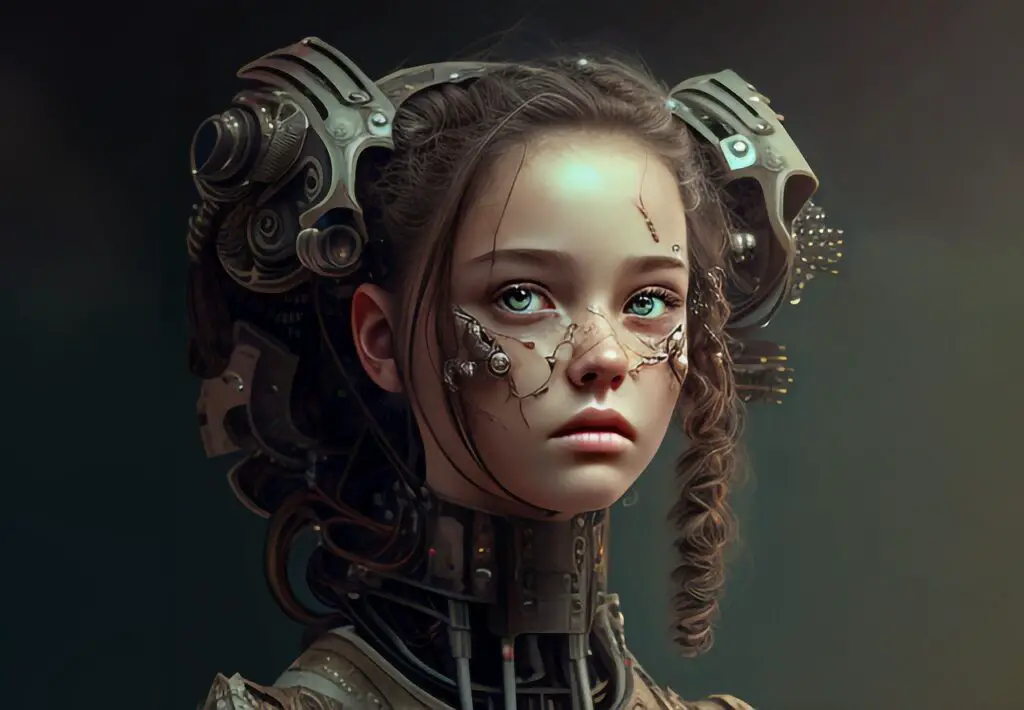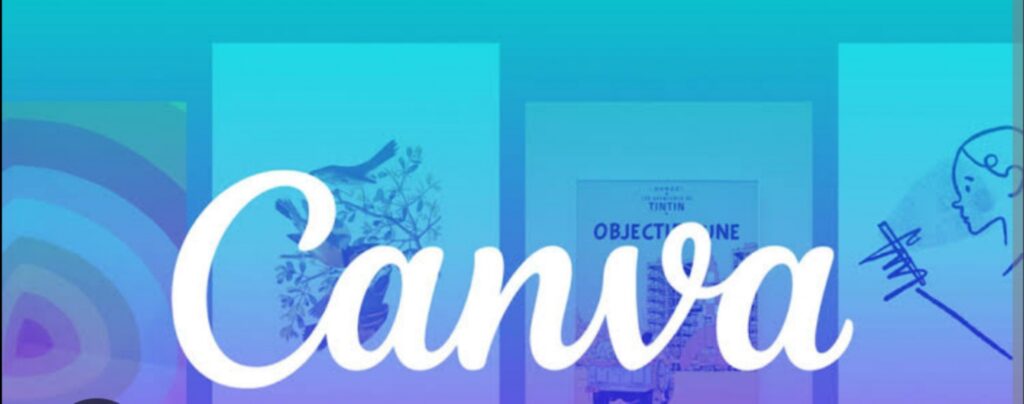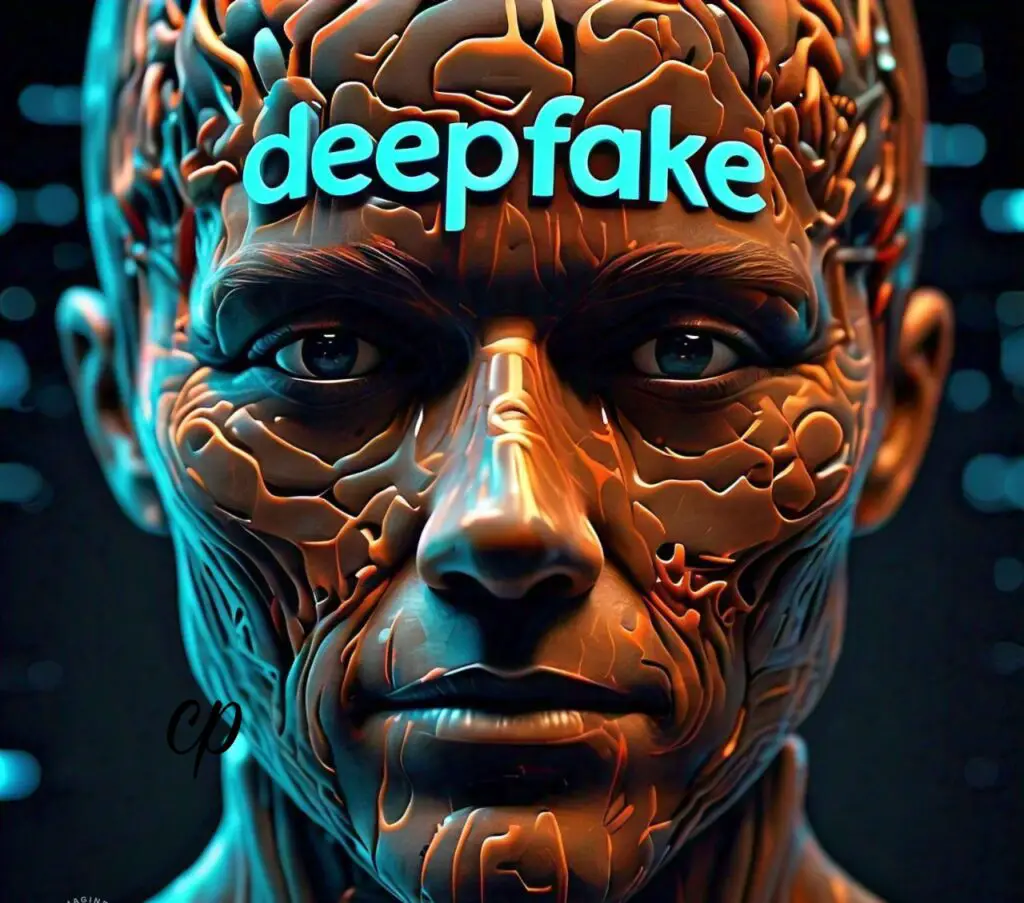
Introduction: The Dawn of a New Creative Era
The intersection of artificial intelligence (AI) and creativity is reshaping industries in ways previously unimaginable. As generative models advance, they are not merely tools for productivity but also partners in the creative process. From visual arts and music to writing and game design, these models are unlocking new possibilities, challenging traditional boundaries, and enabling a democratization of creativity. The implications of this revolution extend far beyond convenience, heralding a new era where human imagination is augmented by the infinite possibilities of AI.
The Rise of Generative AI: A Brief Overview
Generative AI models, such as OpenAI’s GPT series and DALL-E, are at the forefront of this transformation. These models are designed to generate new content, be it text, images, music, or even entire virtual worlds based on the patterns, they have learned from vast datasets. Unlike traditional AI systems that are primarily rule-based and deterministic, generative models operate on a probabilistic framework, allowing them to create novel and often unexpected outputs.

This capability is rooted in deep learning, particularly in neural networks such as Generative Adversarial Networks (GANs) and Transformer models. GANs, for example, consist of two networks—a generator and a discriminator—that work in tandem to create increasingly realistic content. The generator creates samples, while the discriminator evaluates them against real-world data, and the process iteratively improves the output’s quality. Transformers, on the other hand, excel in processing sequential data, making them particularly powerful for tasks like language generation.
Impact on Visual Arts: Redefining Creativity

The impact of generative models on visual arts has been nothing short of revolutionary. Traditionally, creating art has been a deeply human endeavour, grounded in individual experience, skill, and expression. However, with the advent of AI, this paradigm is shifting. Artists are now collaborating with generative models to explore new aesthetics, push the boundaries of creativity, and even question the very definition of art.
Take, for example, the rise of AI-generated artwork. In 2018, an artwork created by a GAN, titled “Portrait of Edmond de Bellamy,” was sold at Christie’s for over $432,000. This event marked a significant milestone, not just in the world of AI, but in the art world as well. The sale raised profound questions about authorship, creativity, and the value of art. Is the artist the one who creates the algorithm, the one who interprets the output, or the machine itself?
Moreover, AI is democratising art by making it accessible to a broader audience. Tools like DeepArt and RunwayML allow anyone with a computer to create artworks that would have required years of training and practice in the past. This democratisation is breaking down barriers, enabling more people to express themselves creatively, regardless of their technical skills or artistic background.
Generative Music: Composing Beyond Human Imagination

Music composition is another area where generative models are making waves. AI’s ability to compose music is not just about replicating existing styles but about creating entirely new genres and experiences. By analysing vast amounts of musical data, AI can understand and replicate the intricate patterns that define different musical styles, allowing it to compose original pieces that are both novel and familiar.
One of the most exciting applications of generative music is in personalised soundtracks. Companies like Endel use AI to create personalised, adaptive soundscapes that respond to the listener’s environment, mood, and activities. These soundscapes are designed to enhance focus, relaxation, or sleep, providing a unique auditory experience tailored to the individual.
AI-generated music is also making its way into the commercial music industry. Artists like Taryn Southern have used AI to co-compose albums, blending human creativity with machine precision to produce unique musical pieces. Furthermore, AI is being used in live performances, where it can improvise alongside human musicians, creating a dynamic and interactive musical experience.
AI in Writing: From Co-Creator to Autonomous Author

Generative models like GPT-4 are transforming the landscape of writing and literature. These models can produce text that ranges from simple blog posts to complex narratives, often indistinguishable from human-written content. For writers, this means AI can serve as a powerful tool, helping to overcome writer’s block, generate ideas, and even draft entire sections of a manuscript.
AI’s role in writing is particularly evident in journalism and content creation. News organisations are increasingly using AI to generate articles, especially for data-driven topics like financial reports, sports summaries, and weather updates. These AI-generated articles are not only accurate but also produced at a speed and scale that would be impossible for human writers to match.
Beyond journalism, AI is also being used in creative writing. For example, platforms like Sudowrite offer writers AI-assisted tools to brainstorm ideas, refine prose, and explore different narrative possibilities. This collaboration between human writers and AI is pushing the boundaries of storytelling, enabling the creation of complex, multilayered narratives that might have been difficult to conceive otherwise.
However, the rise of AI in writing also raises ethical questions. As AI becomes more capable of producing high-quality text, concerns about plagiarism, authorship, and the future of human writers are becoming more pronounced. There is also the risk of AI-generated content being used to spread misinformation or create deepfakes, which could have serious societal implications.
The Gaming Industry: AI as a Game Designer
The gaming industry is another sector where generative models are making a significant impact. AI is being used to create entire game worlds, from the landscapes and environments to the characters and storylines. This not only speeds up the game development process but also allows for the creation of more complex and immersive experiences.
One of the most promising applications of AI in gaming is procedural content generation (PCG). PCG involves using algorithms to create game content on the fly, allowing for virtually infinite variations in gameplay. Games like “No Man’s Sky” use AI to generate entire planets, each with its own unique ecosystem, offering players an endless universe to explore.
Moreover, AI is being used to create more intelligent and responsive non-player characters (NPCs). These AI-driven characters can adapt to the player’s actions, learn from their behavior, and provide more realistic and challenging interactions. This level of interactivity enhances the gaming experience, making it more engaging and immersive.
The Democratisation of Creativity: AI as a Tool for Everyone
One of the most profound impacts of generative models is their potential to democratise creativity. By lowering the barriers to entry, AI is making creative expression accessible to a wider audience. This democratisation is evident in the proliferation of AI-powered tools for art, music, writing, and game design, which allow even those with no formal training to create high-quality content.

For instance, platforms like Canva use AI to help users design professional-quality graphics, while tools like Jukedeck enable anyone to create music tracks tailored to their specific needs. These tools are empowering individuals and small businesses to compete with larger, more established players in the creative industries.
However, this democratisation also raises questions about the value of creativity. As AI-generated content becomes more prevalent, will the value of human-created content diminish? Or will it become more valuable, as a symbol of authenticity in a world increasingly dominated by AI? These are questions that will need to be addressed as AI continues to transform the creative landscape.
Challenges and Ethical Considerations: Navigating the Future of AI in Creativity

As generative models continue to evolve, they bring with them a host of challenges and ethical considerations. One of the most pressing issues is the question of authorship and ownership. Who owns the rights to a piece of AI-generated content? The creator of the algorithm? The user who prompted the creation? Or the AI itself? This question is particularly pertinent in industries like music and art, where copyright issues are already complex.
Another challenge is the potential for AI to be used in ways that are harmful or unethical. For example, AI-generated deepfakes can be used to create fake news or manipulate public opinion, leading to serious societal consequences. Similarly, there is the risk that AI could be used to create content that is biased or discriminatory, reflecting the biases present in the data on which it was trained.
Moreover, the rise of AI in creative industries raises concerns about job displacement. As AI becomes more capable of performing tasks traditionally done by humans, there is a fear that jobs in fields like writing, art, and music could be at risk. While AI has the potential to augment human creativity, it also has the potential to replace it, leading to a loss of jobs and livelihoods.
Conclusion: Embracing the Future of AI in Creative Industries
The future of AI in creative industries is both exciting and challenging. On one hand, generative models are opening up new possibilities for creativity, allowing for the creation of content that was previously unimaginable. They are democratizing creativity, making it accessible to a broader audience, and enabling new forms of expression. On the other hand, they raise important ethical questions and challenges that need to be addressed as AI continues to evolve.
As we move forward, it will be essential to strike a balance between embracing the potential of AI and addressing the challenges it presents. This will require collaboration between technologists, artists, ethicists, and policymakers to ensure that the future of AI in creative industries is one that benefits everyone.
In this brave new world, AI will not replace human creativity but will instead serve as a powerful tool that enhances and augments our creative potential. By embracing this partnership between humans and machines, we can unlock new levels of creativity and innovation, paving the way for a future where imagination knows no bounds.